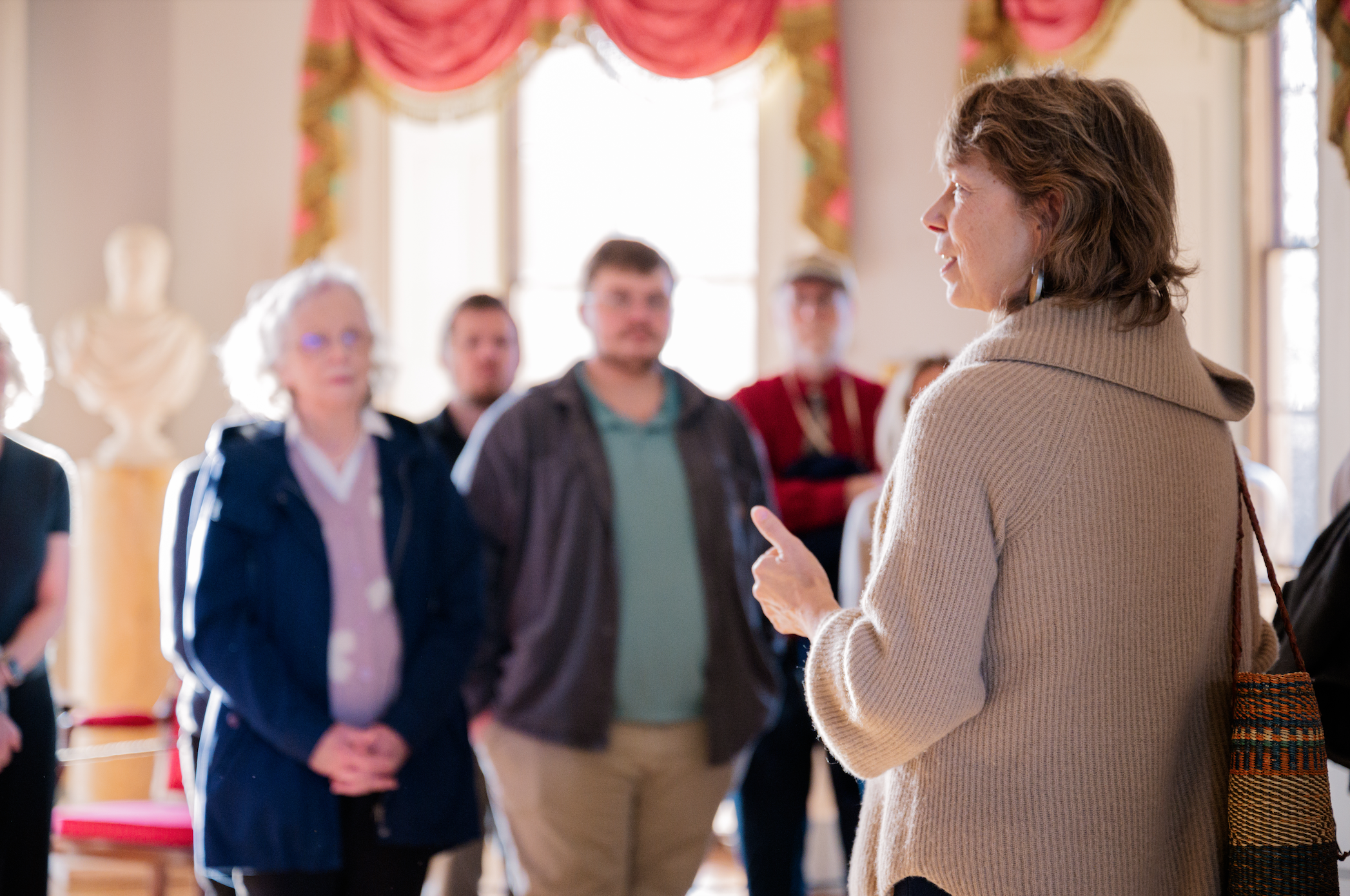Smell is without a doubt the most powerful of the senses. For millions of years over the course of history—whether foraging, mating, bonding or identifying predators—we’ve depended on noses to provide information far beyond the answer to “What’s for dinner?” And, with the areas of the brain that process smell inextricably linked to those that process emotion and memory, smell can whisk you down memory lane as fast as a flip through your old scratch-n-sniff sticker book. The average human detects 2,000 smells, and experts estimate that there are 200 smells in wine. Compare that to only four tastes (or five if you are into “umami”), and you can see that wine-tasting should really be called wine-smelling. So why, when 80 percent of something’s flavor is its smell, and when smell can drive both instinctual and emotional behavior, do we rely so much on taste?
 |
A nation of instant gratifiers, we leap before we look, we speak before we think, and we taste before we smell. Our cave relatives may have had to give their food the smell test before eating it or feeding it to their cave babies, but we can just look at the handy-dandy expiration date before pitching that half-gallon of organic omega-3 DHA milk that would probably be fine for at least another week. I am told that I have the nose of a bloodhound. I can smell an orange being zested in another room, the empty candy bar wrapper that my husband surreptitiously stuffed in his pocket after a solo errand, and the smallest percentage of cabernet franc in a blended wine. The fatalist in me would like to believe that I was bestowed with a super-sniffer and therefore destined to do what I do, but perhaps I have a super-sniffer merely because of what I do; that is, maybe I just use my nose more than most people.
|
FOUR WAYS TO TASTE WITH YOUR NOSE Freshly baked brioche. Janisson & Fils Blanc de Blanc “Bleu” NV. Wine Warehouse, $38.99 Crushed gravel after the rain. La Giustiniana Gavi 2008. Market Street Wineshop, $18.99 Lavender fields in Provence. Mas De Cadenet 2008 Cotes de Provence. Tastings of Charlottesville, $19.95 Red bricks. Roagna Barolo La Rocca e La Pira 2000. Foods of All Nations, $65.99 |
The process of smelling is simple: Smells enter the nasal cavity and travel across a set of cells at the roof of the nose called the olfactory receptors. When an aroma reaches the receptors, it sends a signal to the brain that allows you to announce, “Mmmmm, fennel sausage” or “Ewwww, ginkgo trees.” The process of smelling wine is just as simple. You swirl the glass to turn the liquid compounds in gaseous ones, sniff, and then announce, “Mmmmm, black truffles” or “Ewwww, cork taint.” The chemical compounds that make up our library of 2,000 smells are the same chemical compounds that make up our library of 200 wine smells, but because wine looks like wine rather than blackberries and cloves, we tend to doubt our nose’s findings. In my wine classes, I instruct students to close their eyes when they sniff. Lose one sense and you will strengthen another.
There is so much beauty in this world that is up for the taking through all five of our senses. Smelling a wine with your eyes closed can send shivers down your spine, remind you of a crushed gravel path after a rainstorm, and transport you to Provence when the lavender is in bloom. Maybe soon, you will even start describing taste in terms of smell. I’ve never tasted red bricks, but when I taste a fine Barolo, I’m 80 percent sure of what they taste like.




